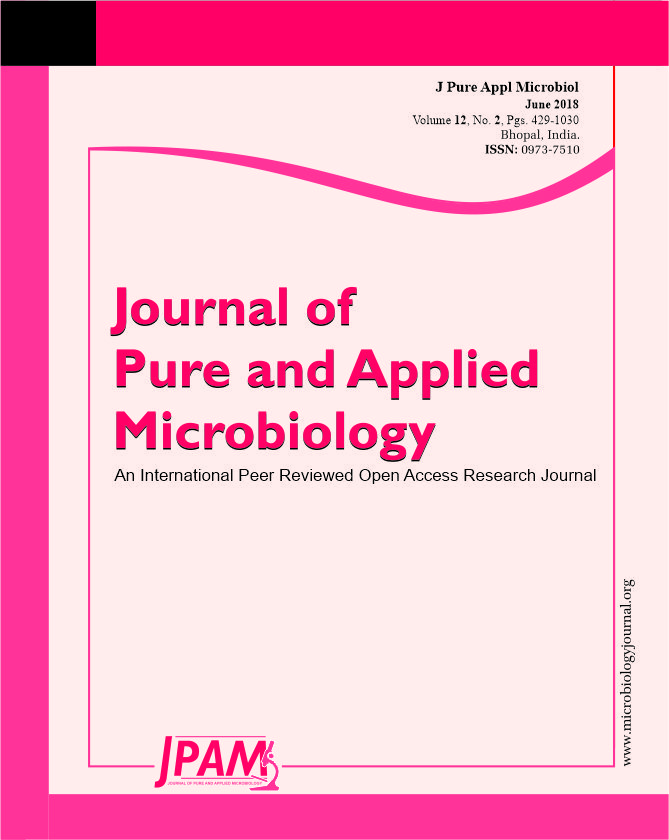Extensive and unregulated use of antibiotics favours the acquisition of resistance to antimicrobial agents. Hospitalized patients are at usually high risk of infections, and therefore the hospital surroundings favours the acquisition of resistance to antimicrobial agents, complicating the treatment of health facility infections as a result of drug resistant pathogens. The pattern of hospital infection has modified over the years, reflective advances in drugs and development of antimicrobial agents. Hospital effluent could contain multi drug resistant (MDR) coliforms and enteric pathogens which could pose a great problem for communities. There also exists a relationship between the metal tolerance and the anti-microbial resistance in microorganisms. Bacteria have continued to adapt to ecology of humans and their antimicrobial agents by diversifying the systems that they have evolved to counter those agents. As a result, unexpected and new problem of resistance have appeared and some resistance has become widely spread. So our aim is to determine the prevalence of antibiotic and heavy metals resistance in coliforms isolated from hospital wastewater. The present study was conducted at Department of (Ag.) Microbiology, Faculty of Agricultural Sciences; Aligarh Muslim University Aligarh.
Isolation, Waste water, Antibiotic, Coliform, Interaction with Metals.
© The Author(s) 2018. Open Access. This article is distributed under the terms of the Creative Commons Attribution 4.0 International License which permits unrestricted use, sharing, distribution, and reproduction in any medium, provided you give appropriate credit to the original author(s) and the source, provide a link to the Creative Commons license, and indicate if changes were made.


